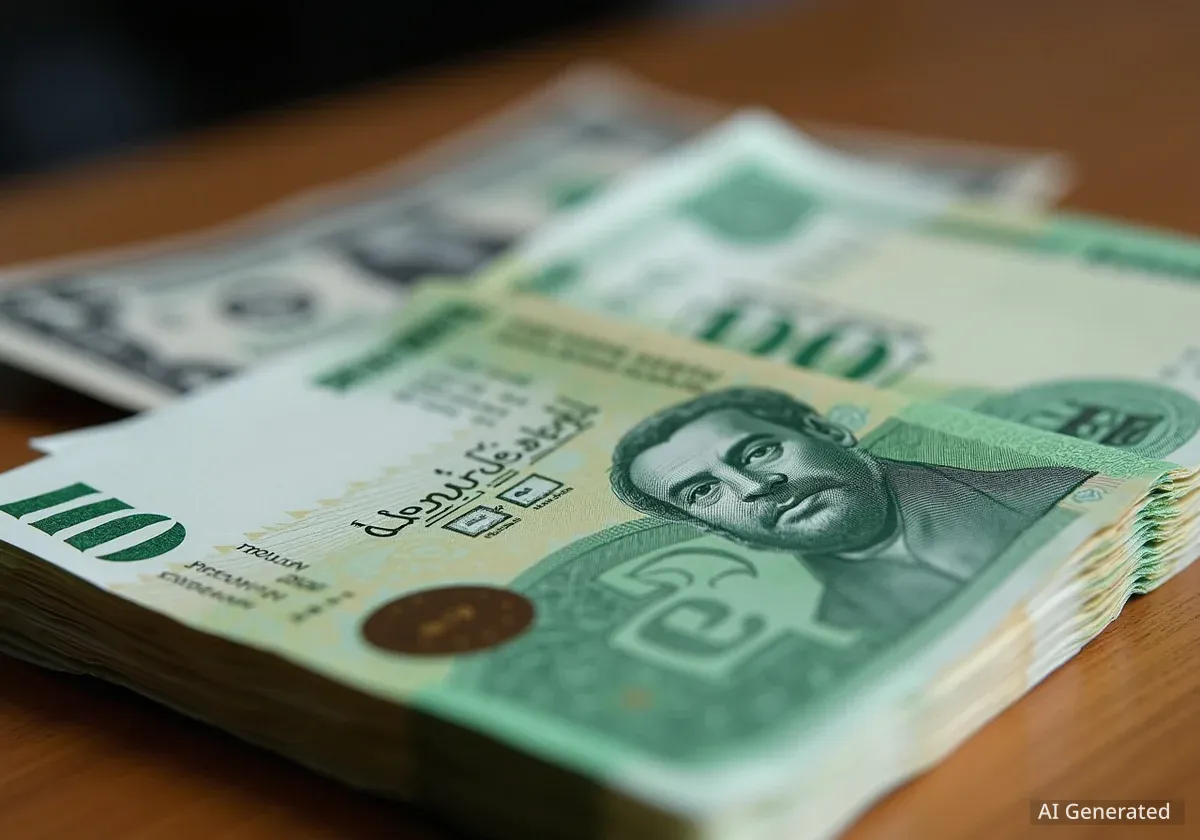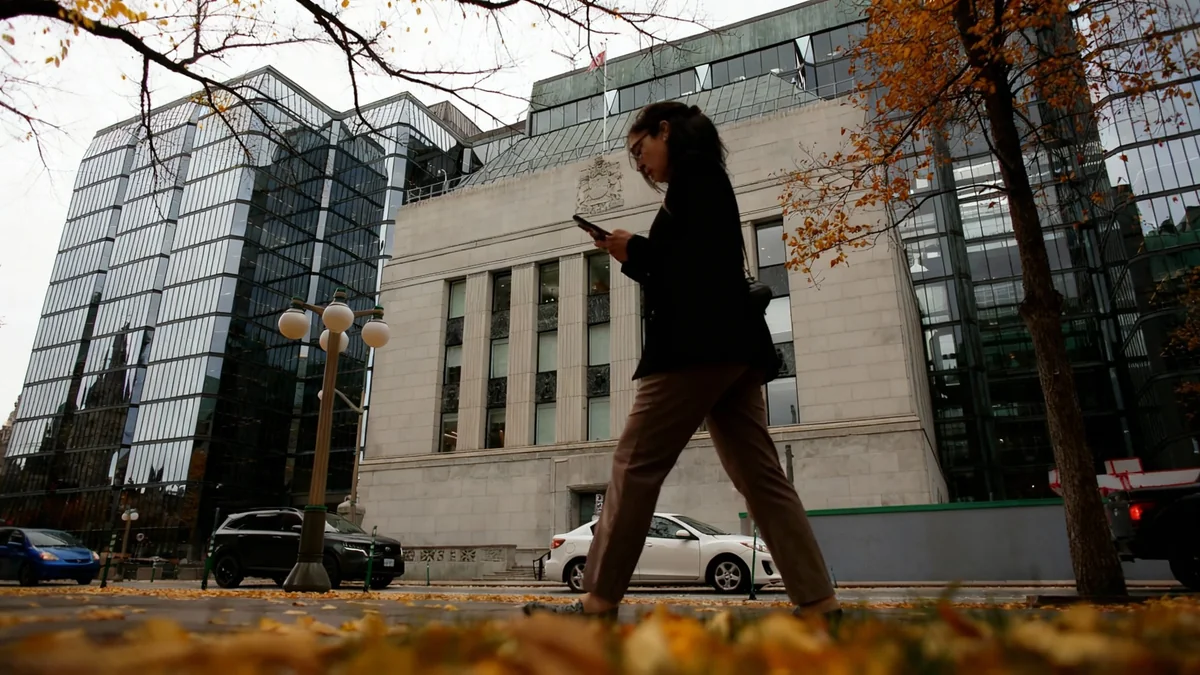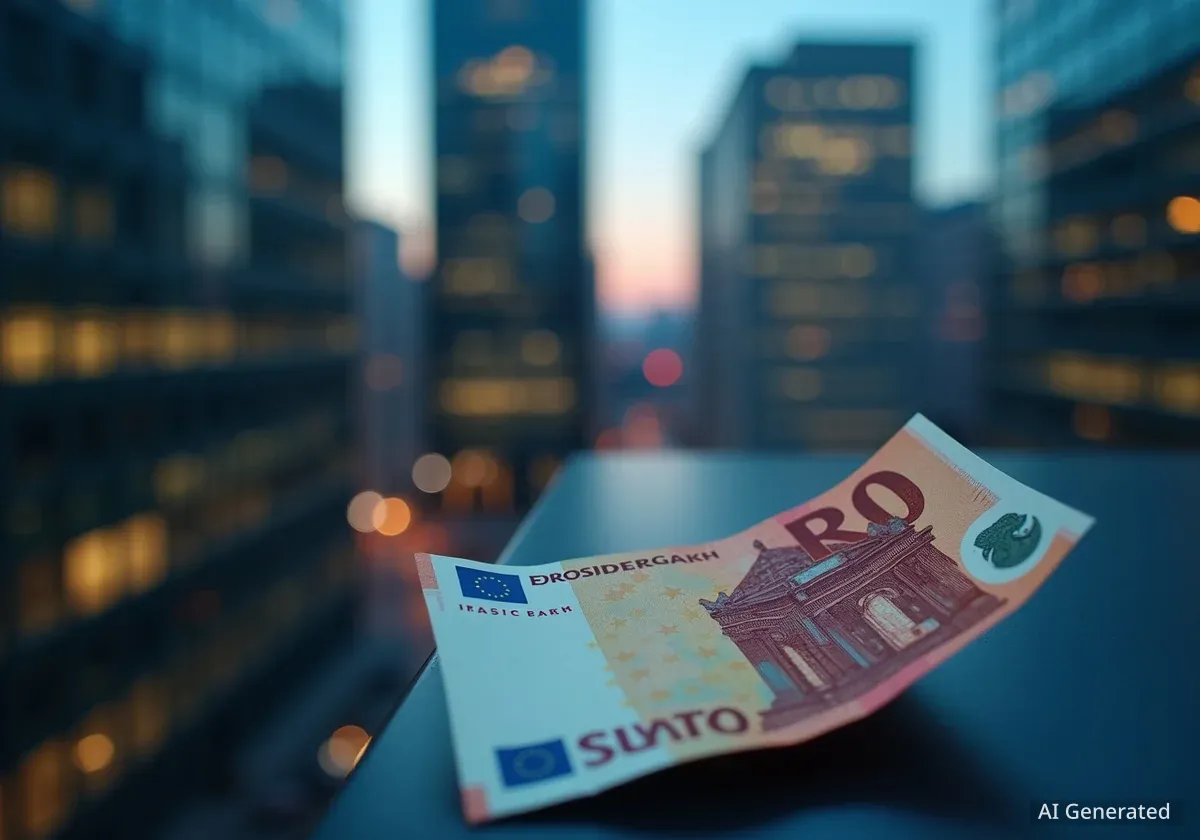Iran's national currency, the rial, has fallen to a historic low against the US dollar, crossing the one million mark in the open market. The currency's value dropped to 1,060,000 rials per dollar on Sunday, driven by widespread anxiety over the potential reimposition of United Nations sanctions.
The sharp decline reflects growing economic uncertainty as diplomatic tensions escalate. By mid-afternoon, the exchange rate had weakened further to 1,062,600 rials, continuing a rapid depreciation that has defined the market in recent days.
Key Takeaways
- The US dollar reached an all-time high of 1,060,000 rials in Iran's free market.
- The primary cause for the currency's collapse is the anticipated return of international sanctions via the "snapback" mechanism.
- The rial's value has been extremely volatile, influenced by geopolitical events and the status of nuclear negotiations.
- This recent decline adds to months of economic pressure on Iran's economy.
Market Reacts to Sanction Threat
The latest downturn in the rial's value was swift and severe. The currency lost more than 30,000 rials against the dollar since Saturday alone. This market panic is directly linked to the expected activation of the snapback provision from the 2015 nuclear agreement, which would reinstate all UN sanctions that were previously suspended.
Market sentiment soured significantly after a key vote at the UN Security Council on September 20. On that day, the dollar began trading at approximately 1,013,000 rials but jumped to over 1,035,000 rials by midday.
The Snapback Mechanism Explained
The "snapback" is a provision within the 2015 nuclear deal (JCPOA) that allows a participant to unilaterally trigger the reimposition of multilateral UN sanctions against Iran if it is believed to be in non-compliance with the agreement. This process bypasses a potential veto from other Security Council members.
The trigger for the recent sell-off was the rejection of a South Korean draft resolution. This resolution would have permanently lifted the sanctions. With its failure, the path was cleared for all previous restrictions to be automatically reimposed, with a deadline set for September 27.
A Pattern of Sustained Volatility
The Iranian rial has experienced repeated shocks and sustained pressure for months, particularly since the return of Donald Trump to the White House and a more aggressive US foreign policy stance. The currency's recent performance is part of a larger trend of economic instability.
In April, for instance, the dollar climbed to 1,058,900 rials. That surge was attributed to heightened regional tensions following the deployment of US B-2 bombers to the area. The market demonstrated its sensitivity to geopolitical maneuvering, with the rial bearing the immediate economic cost.
There have been brief periods of recovery. A second round of nuclear negotiations held in Rome sparked temporary optimism, allowing the rial to strengthen to 820,000 per dollar. However, these gains were short-lived.
Timeline of the Rial's Decline
- April: Dollar reaches 1,058,900 rials amid military tensions.
- Post-Rome Talks: Rial temporarily strengthens to 820,000 per dollar.
- Post-Israeli Strikes: Renewed slide begins after military actions against Iranian targets.
- Post-Ceasefire: Dollar stabilizes at 930,000 rials before rising again on sanction fears.
- Sunday: Dollar hits a new record high of over 1,060,000 rials.
Subsequent Israeli strikes on Iranian targets quickly erased the positive momentum, reigniting the currency's slide. Even after a ceasefire was announced, the dollar remained elevated at 930,000 rials. It soon climbed above 940,000 as speculation about the snapback sanctions intensified, leading directly to the record lows seen this week.
Economic Vulnerability and Diplomatic Isolation
The collapse of the rial is a clear indicator of Iran's deepening economic crisis. The nation is grappling with the dual pressures of international diplomatic isolation and stalled nuclear negotiations. The currency market is acting as a barometer for these external pressures, reacting sharply to any negative developments.
The consistent upward trend of the US dollar against the rial highlights a fundamental lack of confidence in the Iranian economy's short-term prospects. With the threat of comprehensive UN sanctions looming, importers and ordinary citizens are increasingly seeking the safety of the dollar, further fueling the rial's depreciation.
This currency crisis has significant implications for the Iranian population, as a weaker rial directly translates to higher prices for imported goods and fuels domestic inflation. The situation underscores the profound connection between Iran's foreign policy challenges and the daily economic reality faced by its people.





